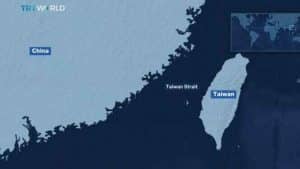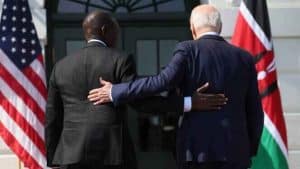IMF approves release of funds over nine months to support Pakistan’s economic stabilisation programme.
Pakistan’s long-awaited $3 billion bailout has been approved by the International Monetary Fund (IMF), which is likely to help the South Asian nation avoid defaulting on its debt obligations.
The IMF said in a statement on Wednesday that the nine-month standby agreement had received approval from its executive board “to support the authorities’ economic stabilisation programme.”
- Pakistan claims it accepts IMF conditions for disclosing the $1.1 billion payout list.
- Pakistan receives $2 billion from Saudi Arabia one day before a crucial IMF meeting.
- Pakistan and the IMF agree to a standby bailout of $3 billion.
This comes after the fund and Pakistan announced their agreement at the staff level last month. The most recent approval permits an immediate distribution of about $1.2 billion.
Pakistan has experienced a balance of payments crisis as it tries to pay off heavy external debt in the midst of a volatile political climate following Prime Minister Imran Khan’s ouster last year.
The rupee has fallen to a record low against the dollar, the country is having trouble paying for imports, and this is all contributing to a sharp decline in industrial output.
The announcement on Wednesday comes less than two weeks after meetings with the Prime Minister Shehbaz Sharif, the Finance Minister Ishaq Dar, and other officials led to Pakistan and the IMF agreeing to the nine-month plan.
“The agreement comes at a difficult time for Pakistan’s economy. Large fiscal and external deficits, rising inflation, and eroding reserve buffers have been caused by a challenging external environment, devastating floods, and poor policy decisions, according to the IMF.
As the government works to stabilise the economy and achieve macroeconomic stability, Sharif applauded the IMF’s decision and said it was a significant step forward.
He wrote in a tweet, “It strengthens Pakistan’s economic position to overcome immediate to medium-term economic challenges, providing the fiscal space for the next government to map the way forward.”







